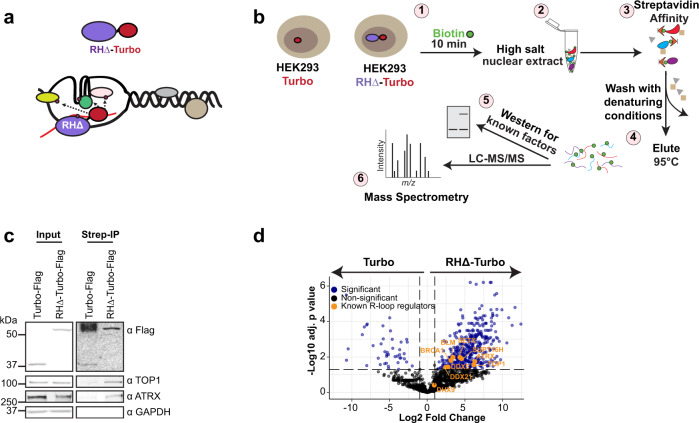Fig. 1. TurboID identifies the RNase H proximal proteome.
a Schematic showing RHΔ-Turbo localizing to R-loops and biotinylating proximal proteins. b Schematic of TurboID. Stable HEK293 cell lines expressing RHΔ-Turbo or Turbo alone were pulsed with biotin for 10 min (1). High salt nuclear extract was prepared (2), and biotinylated proteins isolated by streptavidin affinity purification (3). Beads were washed with denaturing conditions to minimize non-specific interactions and bound biotinylated proteins were eluted (4), tested for the presence of known R-loop regulators by western blot (5), and subjected to mass spectrometry (6). c Western blot for TOP1, ATRX, and GAPDH in HEK293 Turbo and RHΔ-Turbo input (left) and in streptavidin pull-downs (right). Antibodies are indicated on the right. Turbo and RHΔ-Turbo are detected with anti-Flag antibody. d Volcano plot showing log2 fold changes in protein intensities on the x-axis and −log10 adjusted p-values (Student’s two-sided t-test with Benjamini–Hochberg adjustment for multiple comparisons) on the y-axis. Significantly enriched proteins (blue, p < 0.05) and non-significant in black. Known R-loop regulators (orange) are labeled. Source data underlying (c) are provided as a Source data file.

